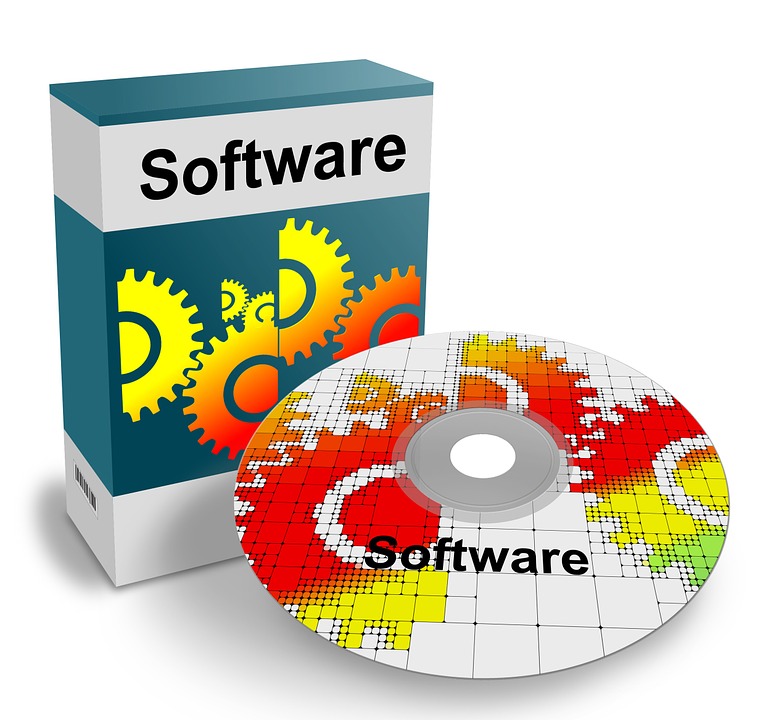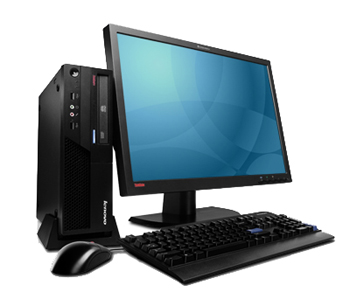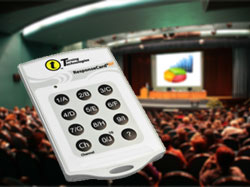Supervisory Control and Data Acquisition (SCADA) systems are at the heart of automated production, monitoring and delivery operations in many different fields. They are vital in systems as diverse as power generating plants, food processing facilities, and controlling an airport’s infrastructure.

Gathering data from a SCADA system network of sensors and monitors is the first step of the automation process. This collected data form a digital picture of the production system and can be used to monitor and control each piece of equipment and procedures. Operators and engineers interact with the SCADA system through a Human Machine Interface (HMI).
According to wonderware.com, the HMI is to be seen as the operator’s dashboard. It is used to translate the complex process data gathered by the system into usable information that can be acted upon by the operations staff. The utility of your automation system may only be as useful as the ability of your HMI to accurately display the pertinent data in a clear and meaningful way.
Many of the sensors that are used in the data acquisition phase of an automation system are fairly standard. After all, pressure measurement is pressure measurement, regardless of which production facility is being monitored. The real distinction in automation systems is in the HMI.
Your HMI should be custom designed using HMI software in a way that complements the data acquisition portion of your automation system. You want the ability to tailor the HMI to your exact specifications. The software that runs your HMI is responsible for displaying data in a concise and understandable form and enabling the remote intervention of operators on devices and processes.
Here are five qualities that your HMI software should possess that will help you in designing and implementing a robust automation system.
1.Ease of Use
This is a factor of primary importance when choosing the software for your Human Machine Interface. The point of the HMI is to allow human operators to intervene in the automated operations of your production facility. An HMI that is cumbersome to use will not serve your organization well. You want your personnel to have a tool that makes their job easier, not that makes it more complicated
The software behind your HMI should allow you to create panels for various processes that are easy to read and to respond to if necessary. Overcrowding of displays with non-important data and excessive use of animation can open the door for operator error. Opt for a solution that lets you create a more streamlined and straightforward approach to data display and operator response.
2. High Level of Customization
This point is related to the ease of use factor. You want your HMI software to give you the ability to modify the software in ways that incorporate it seamlessly into your production flow. You need the capacity to highlight critical processes and create meaningful HMI displays that positively impact your plant or production facility.
Customization takes several forms. You will obviously want to be able to customize the way your data is displayed. Another way you wish to control of your data is in the way reports are generated. The ability to create custom reports is a feature that a good HMI software package should offer.
One way to ensure the ability to customize your HMI software is to use a tool that is based on open language standards. This will allow your programmers to add or modify functionality later if the need arises.
3.Scalability
The ability of your HMI software to handle your current production environment is a starting point, but you want to be able to use the same HMI that you developed when your facility undergoes an expansion. Your software needs to be able to scale up to encompass new processes or facilities that may be added to your operation.
Scalability, regarding your HMI system, has two sides to it. On the one hand, you want your system to be able to continue to operate efficiently when more equipment and sensors are added to your production line. You also need scalability in the number of connections that can be opened by the software, which will impact how many devices can simultaneously monitor the system.
4.Ability to Run on Multiple Platforms
The HMI software you choose should enable you to run your system on any operating system. Proprietary software that is tied to a specific platform limits your ability to expand and modernize with another vendor’s equipment. One method of verifying that an HMI program can be accessed from multiple platforms is the creation of web-based interfaces.
Building on the common functionality of web browsers across operating systems and platforms, a web-based HMI can allow any device capable of browsing the web to access and control the HMI.
The rise in popularity of mobile devices has changed the landscape of HMIs in production facilities. Where they were once confined to control rooms and panels associated with particular machines, now mobile devices enable an operator to be located anywhere and still perform their functions using an HMI.
5. Security
Security is an overriding concern of many industries and enterprises. The Stuxnet attack on Iranian nuclear facilities illustrates the point that automated production facilities need to enforce strict security to avoid intrusion and sabotage.
According to trendmicro.com, the HMI is an appealing target for infiltration into an automated system as it is often accessible over a network. Fundamental vulnerabilities such as memory corruption, code injection, and incorrect authorization and handling of credentials are among the most common issues faced by HMI systems. All these potential problems can be averted with secure development procedures, which need to be incorporated into your HMI software.
● Choosing HMI Software
Keep these points in mind when choosing the software to design and implement your HMI system. The lack of any of these important features can hinder your ability to use the software for its intended purpose which is to improve your production process by the efficient interaction of human and machines.
What are some key qualities you are looking for in an HMI? We’d like to hear your thoughts, leave your comments in the section below.




